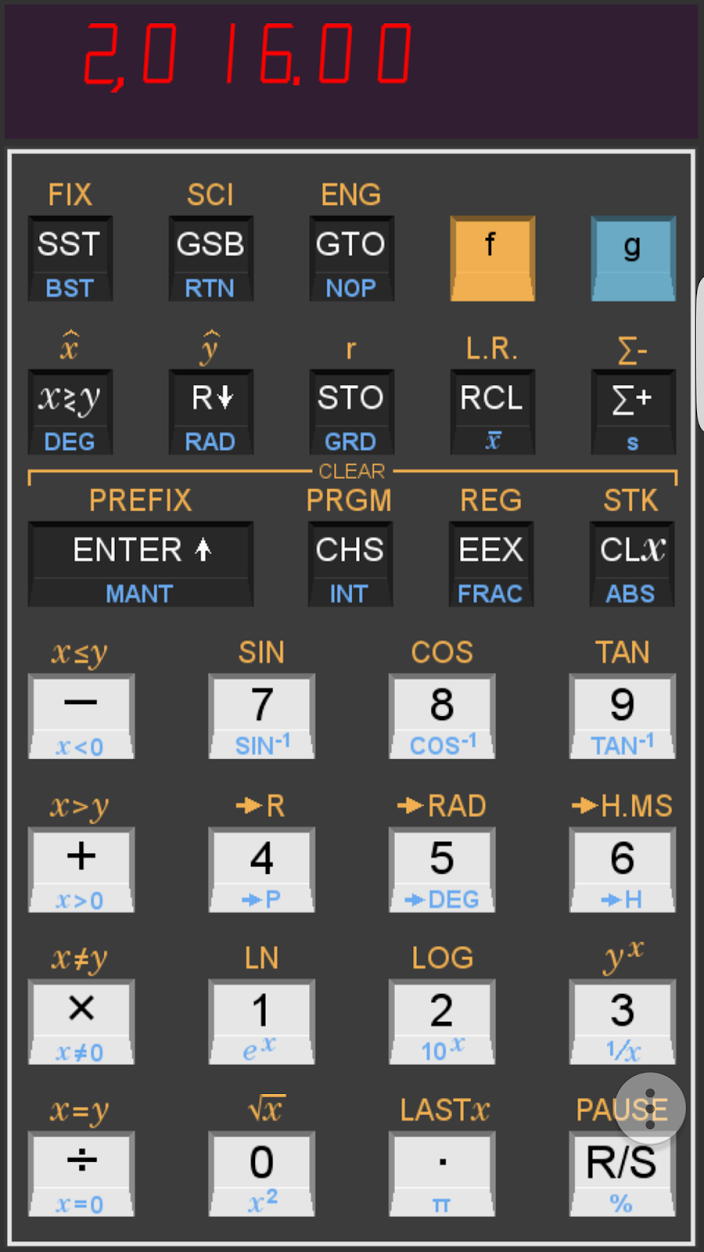National Public Radio, and twenty of its radio stations, have completed a project to see how much each public school district in America spends, per pupil on education. See, Why America’s Schools Have A Money Problem @ NPR.
The study focused on spending per pupil, and found wide disparities, even when adjusted for regional cost differences. Two school districts in Illinois are an example:
…$9,794 is how much money the Chicago Ridge School District in Illinois spent per child in 2013 (the number has been adjusted by Education Week to account for regional cost differences). It’s well below that year’s national average of $11,841.
Ridge’s two elementary campuses and one middle school sit along Chicago’s southern edge. Roughly two-thirds of its students come from low-income families, and a third are learning English as a second language….
“We don’t have a lot of the extra things that other districts may have, simply because we can’t afford them,” says Ridge Superintendent Kevin Russell.
One of those other districts sits less than an hour north, in Chicago’s affluent suburbs, nestled into a warren of corporate offices: Rondout School, the only campus in Rondout District 72.
It has 22 teachers and 145 students, and spent $28,639 on each one of them.
But there’s another variation that the study does not consider: among districts with roughly the same level of spending, how much variation is there in curriculum and programming? Admittedly, a study like that would be far larger even than a study of variations in per pupil spending.
Still, I wonder: do districts with the similar spending levels look the same substantively, and if not, how many variations of programming and method are possible within a given range of spending. Understandably, richer districts will look different from poorer ones.
Within the same spending range, however, how much variation exists within districts? This presents a follow-up question: if there are variations (including significant ones), are some more effective than others?
I don’t know of a study that possibly captures so much detail about so many places, but the question still lingers: how different are some districts in curriculum, programming, and method from others of similar resources?
(About the picture for this series – it’s a screenshot of a calculator app for Android phones that emulates a Hewlett Packard 33C. I used an HP calculator in school, and they were amazing machines. My phone’s calculator app pays tribute to a fine machine of yore.)

